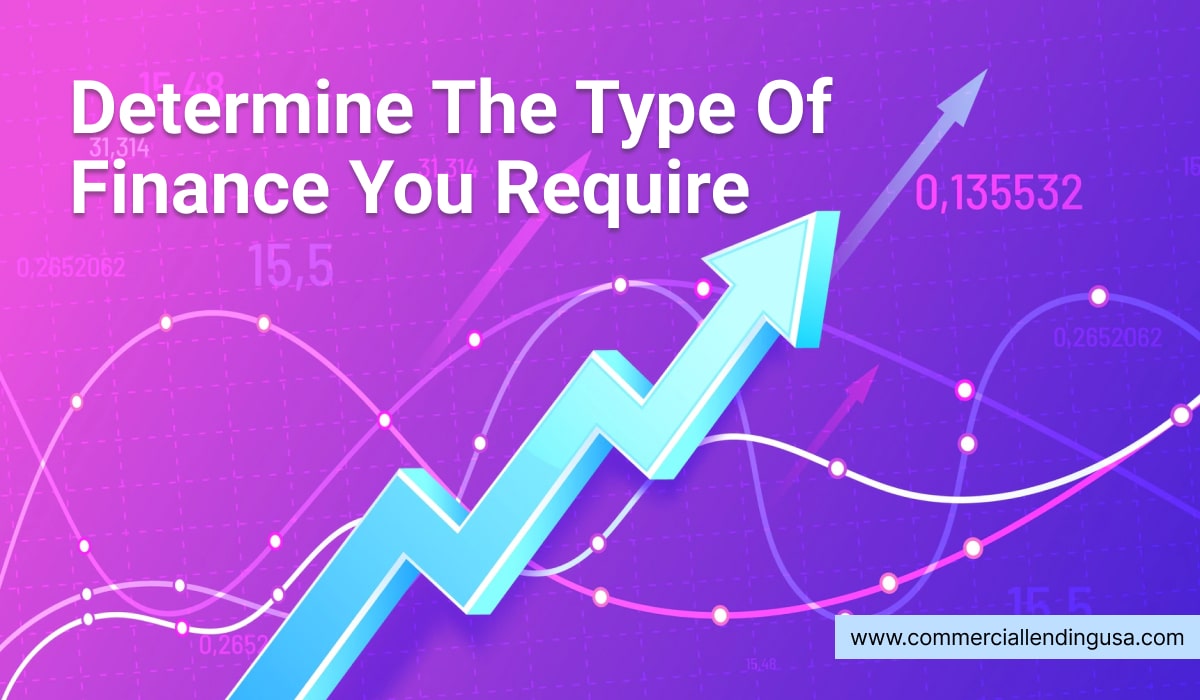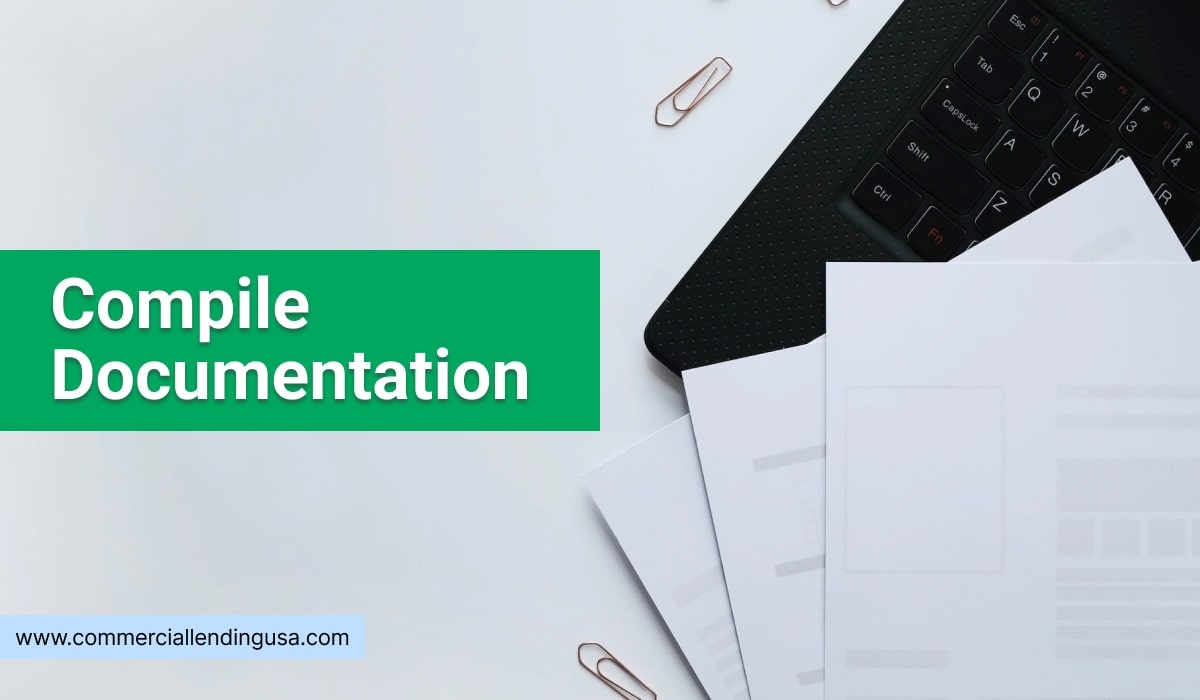
How to Get a Commercial Loan in USA? A Comprehensive guide
The term "commercial" is merely a fancy way of stating "business." That's why a commercial loan isn't the same as a personal loan. Loans for commercial purposes, such as the purchase of a restaurant and its building, are one example. Examples of commercial loans could include credit cards, vehicle loans, and mortgages.
Money is going to be needed at some point in your company's development, no matter where you are in that growth cycle right now. It's not uncommon for companies large and small to use borrowed funds to fuel expansion, as well as for other business objectives. One of the most popular ways to acquire financial backing, a loan for a small business can be tailored to meet virtually any requirement. Here's how to make commercial loans USA for your business.
Guide on How To Make Commercial Loan USA

How successfully you are able to convey yourself, your company, and your financial requirements to the lender will determine whether or not your request for a loan is approved. To increase your chances of getting a loan, create a formal loan request or business strategy in advance.
To lenders, a loan proposal is proof that your business has a competent management team with a deep understanding of the market. They'll also check for pertinent financial information that shows you'll be able to pay back the loan.
Here are the 6 steps you need to take to obtain a business loan.
Find out what lenders are looking for.
Determine the type of finance you require.
Learn how to get your application approved.
Compile documentation.
Look for a lender.
Complete the application.
Find out what lenders are looking for:

Prior to submitting an application, it's important to know how lenders will analyze your commercial loan request. The rate at which loan repayments are made by borrowers directly affects the profitability of lending businesses. Taking this into account, they may take into account a variety of elements, such as earnings or working capital, time in business, individual and commercial credit ratings, collateral, and industry.
Some lenders conduct more in-depth research and may demand comprehensive financial accounts and tax returns from their borrowers.
Determine the type of finance you require

You don't necessarily need to be an expert in small business financing, but with so many different loan options available, it's necessary to at least be acquainted with the many sources of finance that will best match the requirements of your firm. These are some of the possibilities:
Funding from the Small Business Administration
SBA loans range in size from $50,000 to $5 million, with low-interest rates and flexible payback schedules. The United States Small Business Administration will only provide funding for businesses in the form of SBA Disaster Loans (which also include Economic Injury Disaster Loans or EIDL). The collaborating lenders provide the remaining loans. If you're applying for an SBA loan, it could take a few weeks or many months.
Microloan
Most microloan lenders are non-profit organizations that want to assist small business owners who are being underserved by larger financial institutions. Thereby increasing their willingness to work with start-ups and other companies who might otherwise struggle to achieve qualifying requirements. In addition to this, they might have a more accommodating attitude about credit ratings that are less than excellent. The "micro" in "microloan" refers to the significantly lower loan amounts, which typically range between $500 and $50,000. The rates are similar to those offered by business credit cards.
The loan from a traditional bank
Take advantage of several of the lowest prices available by applying for a commercial, personal loan or a term loan with an existing financial institution and meeting the typically tight conditions. There is a wide range of loan amounts, and the duration of repayment might be anywhere from one year to two decades. To receive approval can require a few weeks' time and a substantial amount of paperwork.
Cash Flow Management
A line of credit for a company is essentially an overdraft account from which additional money may be obtained whenever it's needed. In the past, this has been a common method of obtaining quick working capital for many small business owners. These loans, which vary from $1,000 to $100,000 for suitable borrowers, are frequently based on a borrower's credit history and income.
Loans from the Internet
Since non-bank online lenders can fund loans ranging from $25,000 to $500,000 in as little as 24 hours, many small firms now turn to them first when they need a loan of that size. Although credit is still significant, revenue is usually the most important factor. Many lenders will approve your loan application on the same day, and you'll have access to the money in your bank account within a few days.
Learn how to get your application approved

Depending on the lender, there may be a few questions they may ask you to prescreen your request. In a few minutes, you will be informed of the "yes" or "no" decision, and then you will be asked to supply additional information in order to determine how much money you will receive as well as the amount that you will be responsible for paying in interest and other fees. If your personal credit score is less than 680, you are unlikely to be accepted by a bank. It's possible that an online lender will approve your loan application more quickly.
Compile documentation

When applying for a formal business loan, such as one granted by the SBA, you'll require a substantial amount of paperwork. The following is a list of some of the most frequently requested items by them; however, this is by no means an exhaustive list:
Credit scores for both businesses and individuals.
Bank statements for business owners.
You are required to file tax returns and any supporting papers with the IRS for both your personal and business tax accounts.
Your state requires licenses and registrations to conduct business.
Other financial records that might be pertinent.
Any applicable agreements are governed by the law.
Look for a lender

Choosing a lender is the next step after determining what credentials you'll have to carry to the table and which line of credit is best suited to your needs. Due to the fact that not all lenders offer the aforementioned services, it's important that you focus your search on those who do and will be more likely to grant your loan request if you have excellent credit.
Complete the application

Regardless of whether you're filling out an application in a brick-and-mortar office or on your computer at home, the process is nearly the same. You'll have to spend some time filling out your application but owing to the information you acquired in step 5; the process will be much less time-consuming. Expect to wait anywhere from twenty-four hours to several weeks after you have completed the procedure, and this will be determined by the sort of loan that you have selected. In the event that the lender needs extra paperwork, make sure you react in a timely manner.
You now have the knowledge necessary how to make an application to a bank for a commercial loan to finance your company's operations because you followed the processes outlined above. In order to qualify for a loan from a bank, you will need to satisfy some of the most stringent application standards, but if you do, you will almost certainly pay cheaper interest rates and costs than you would with other types of financing.
How Does the Inspection Technique for Commercial Loans?

The vast majority of commercial loans require some form of collateral. It is difficult to receive uninsured lines of credit except if the loan amount is relatively low (less than $100,000), the borrower has an extremely high net worth, a large quantity of cash is kept in the bank, and the borrower's credit is excellent.
Which business loan you can acquire and which lender you should approach will be determined by the security you have available to act as a guarantee on the debt you borrow.
It is possible to get a multifamily loan from any of the following sources: life insurance companies, conduits, banks, or agencies that specialize in multifamily loans. Federal home loan agencies include Fannie Mae, FREDDIE MAE, and GINNIE MAE. Below, we'll go over agency lenders in further depth.
An investment property like an office building or retail property or a strip center or shopping mall as the collateral for a permanent loan to a life company, conduit or bank or credit union is the most common way to secure financing. In most cases, only commercial, retail, and industrial buildings are eligible for loans from life insurance companies.
Suppose your company is the sole occupant of the property. In that case, you will almost certainly need an SBA loan from a bank or another SBA-approved lender.
What do you think? Do you wish to launch a new company? A commercial loan can help you. With a fast, easy process and competitive interest rates, you'll be on your way to success.
Apply for Your Commercial Real Estate Loan Today!
Sam Haq, CEO
Commercial Lending USA
www.commerciallendingusa.com
0 Comments
Leave A Comment